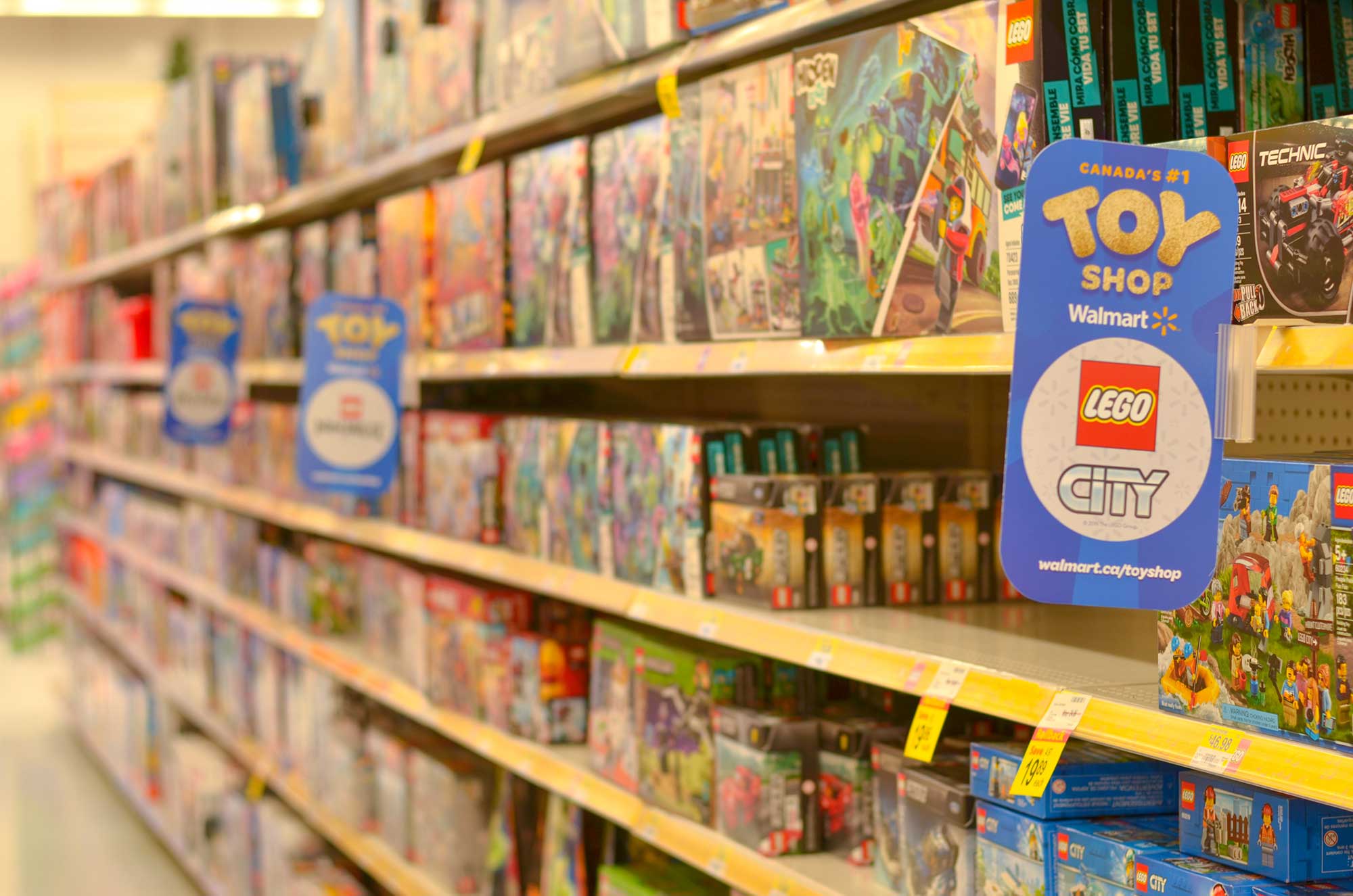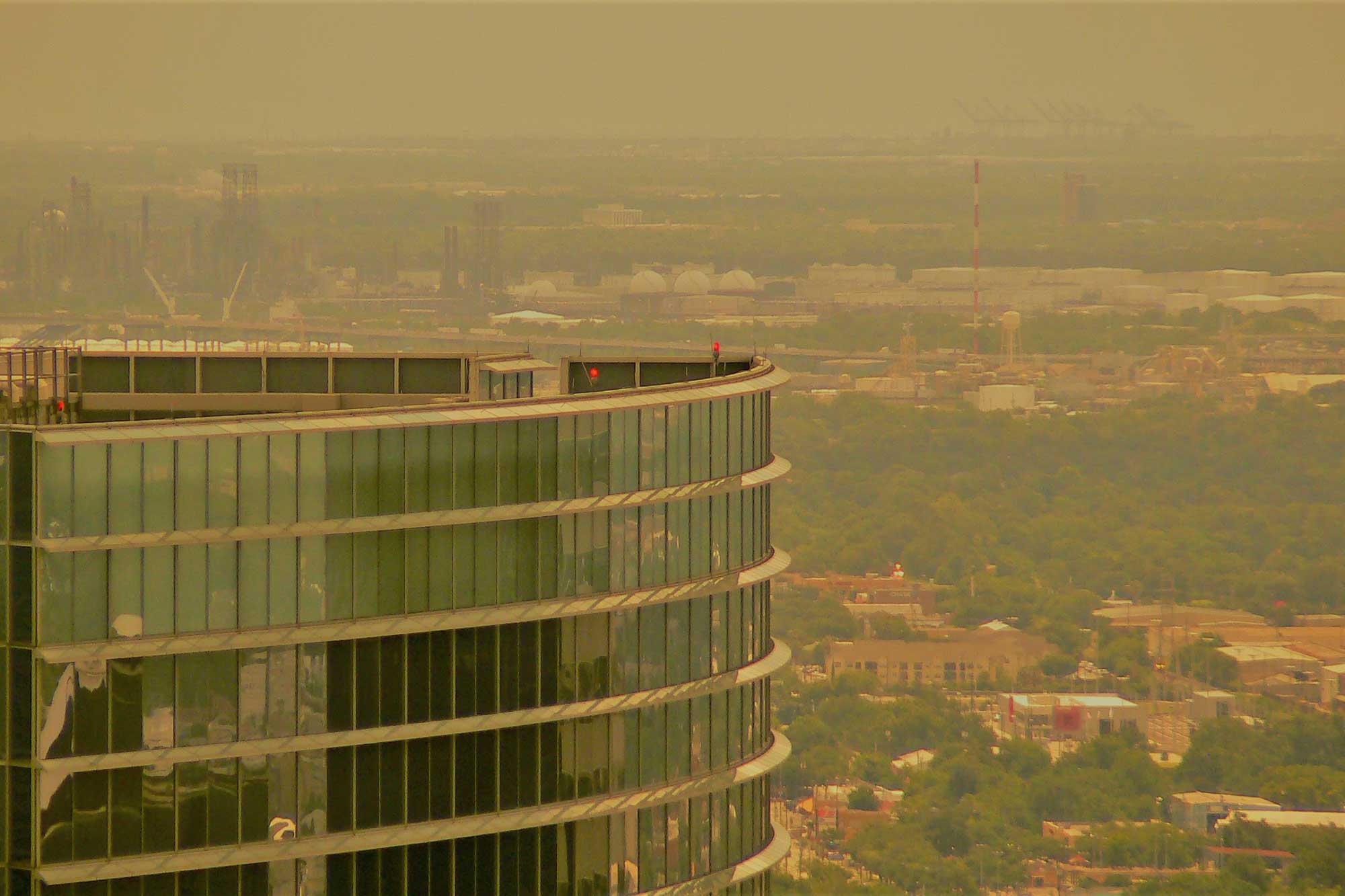Hey team, and welcome back to one5c. Kicking off this week with a confession: I love to shop. Over the last several years, I’ve been working to rein in my mall rat habits and generally find ways to trim the footprint of my zeal for stuff. I haven’t gone full-on buy-nothing or zero-waste, because either would be setting myself up for failure. Instead I’ve opted to be perfectly imperfect: For example, I’ve turned more to secondhand markets and done my best to buy in person over having wares shipped. But ’tis the freakin’ season for my retail demons to surface, and there are about a zillion-billion analyses of December shopping trends that prove I’m far from alone in that.
So, starting today and leading up to the holiday break, this weekly digest will include tips, advice, and insights to help us all gift more sustainably. Please share ’em with your favorite shopping buddies. —Corinne
WHAT WE’RE INTO THIS WEEK
By Corinne Iozzio & Sara Kiley Watson

Those buzzing toys last lightyears in the landfill. PhotographerIncognito/Shutterstock
Retail therapy
Do toddlers need e-toys?
Toys don’t last forever, especially electronic ones. Those light-up trucks and talking dolls are poorly built, hard (or impossible) to repair, and in some cases don’t even have replaceable batteries. Nevertheless shipments of e-toys into the U.S. jumped nearly 200% between 2010 and 2022—and our waste stream shows it. A new report from e-waste monitor WEEE Forum shows that around 7 billion doodads got tossed in 2022. The solution(s)? Our friends at Grist suggest pressuring toymakers to take responsibility by setting up takeback programs, making products more recyclable, and reconsidering the quality of their goods. Parents can also help by gifting only the most longed-for toys on their loved ones’ wish lists—and opting for simpler playthings like blocks, which development specialists say might be better for li’l noggins anyway.
Cause for optimism
Sunny prospects for heating our homes
Heating and cooling our buildings accounts for around half of all energy consumption worldwide. Reducing the emissions of that demand relies on a lot of things—from heat pumps to a decarbonized grid—but an important piece is still nascent in the U.S.: solar thermal energy. The systems, which can look like solar arrays from a distance, are conceptually rather simple. Solar rays warm liquid that then circulates through a system of pipes and can be used to heat water or rooms. The tech is popular overseas but is starting to catch on in the U.S., reports Inside Climate News, thanks largely to the Inflation Reduction Act creating incentives for companies to bring their business stateside.
Report card
A reality check on the biggest emitters
As productive as massive climate meetups like COP28 may be (Paris Agreement, anyone?), they also tend to be venues for pointing fingers. For the most part, the nations and industries cast as climate villains are spot on, but a new analysis from Carbon Brief reveals that when you factor in the impact of 200 years of global colonialism, the big emitters markedly change. While the U.S. and China stay on top, European superpowers get a hefty reality check on their footprints. France’s historical emissions rise by half, the U.K.’s nearly double, the Netherlands’ almost triple, and Portugal’s impact also goes up more than threefold. On the flip side, countries like India—which often get the blame for high emissions—see a huge drop, and African nations’ already tiny contributions shrink even more.
Adaptation
What should your garden grow
The USDA has tweaked its recommendations for what flowers, fruits, and other foliage gardeners and landscapers should seed in their lawns and beds. Earlier this month, the agency made the first update to its plant hardiness zone map in a decade. The chart divides the country into 13 zones, each representing a 10-degree temperature span, and each of those zones is divided into two 5-degree chunks. About half of the nation shifted up one 5-degree marker since the last map was released, with the central Plains and Midwest seeing the biggest overall jumps. For example, much of Indiana may now have an easier time growing black-eyed Susan flowers, which typically wouldn’t have crossed the state line from Kentucky.
Mic-drop climate stat

The number of lives that would be saved by the U.S. achieving net-zero emissions by 2050, according to new analysis from the Union of Concerned Scientists. Its authors, however, say the number may be low: It only accounts for deaths related to air pollution, not those attributable to extreme weather events and intense heat.
Who’s going to save the world
A Texas attorney puts polluters in the crosshairs
By Glorie Martinez

The industrial east side of Houston, Texas. TBaker770/Shutterstock
The Candidate
Christian Menefee is the chief civil lawyer for Harris County, the biggest county (nearly 5 million constituents) with the biggest city (Houston) in Texas. Since taking office in 2021, Menefee, the youngest person and first African American in his post, has focused on addressing pollution and its racially unequal impact. Despite state laws restricting his ability to financially penalize polluters, his office has exercised other means to hold them accountable.
👉 See who else is saving the world 👈
The Local Story
With more than 600 plants, Houston is one of the biggest petrochemical hubs in the country. The city’s oil refineries process 2.6 million barrels of crude oil a day, accounting for nearly half of the state’s total oil production (note: Texas produces about 42% of all U.S. oil). Vast highway and railway networks transport the industrial equipment and synthetics vital to that industry through Houston’s neighborhoods.
As a result, the city has some of the worst air quality in the country, and its marginalized communities are most affected. The NRDC found that people of color reside in areas with twice as much deadly air pollution as white residents. Those living below the poverty line also experience 50% more pollution than their wealthier counterparts.
As the local legal voice of Harris County, Menefee has been stymied by Texas laws, which put the power to block or allow permits in the state’s hands and also cap payouts for suits over water and air pollution. For example, when a chemical leak at a LyondellBasell plant in southeast Houston killed two people and hospitalized 30 more in 2021, the state took over Menefee’s lawsuit before it could be filed and sought significantly less in damages than the original ask.
Still, Menefee’s office has kept fighting on other fronts. In 2022, he filed intent to sue Union Pacific Railroad over concerns about its Englewood Railyard causing environmental contamination in Houston’s Fifth Ward, a predominantly Black neighborhood. His office began negotiations with UP to better manage long-standing contamination from creosote—a chemical byproduct of burning wood that’s often linked to cancer clusters. As a result, UP began airborne contamination testing in the area this November.
Menefee also led the push to deny permits for a concrete plant in northeast Houston, raising a flag over diminished air quality for low-income residents of color in the area. This led to an investigation into the Texas Commission on Environmental Quality by the EPA. TCEQ has since proposed changes—including lowering production limits, reducing dust, and setting minimum distance requirements from nearby communities—to the permitting process.
The National Picture
More than one in three Americans live in places with unhealthy levels of air pollution. People of color bear the highest burden across the board: They make up only 41% of the U.S. population, but account for more than half of the roughly 120 million people living in counties with unhealthy air.
Texas also isn’t the only state where residents suffer from lax enforcement of pollution laws. In Pennsylvania, a state senator recently introduced legislation aimed at closing loopholes in laws governing oil and gas waste disposal. Similarly, environmental advocates in North Carolina are fighting the state government to hold energy transmission projects accountable to clean water standards.
